soil volume to plant mass ratio
bronxfigs: New York City/7b
12 years ago
Related Stories

GARDENING GUIDESGreat Garden Combo: 3 Wonderful Plants for a Deer-Resistant Screen
Protect your privacy and keep deer at bay with a planting trio that turns a problem garden area into a highlight
Full Story
EDIBLE GARDENSGarden BFFs? Why Your Vegetables Are Begging for Companion Plants
Foster friendships among plants for protection from pests, pollination support and color camaraderie
Full Story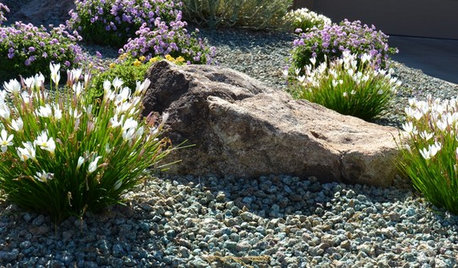
GARDENING GUIDESGreat Design Plant: Showers Bring Zephyranthes Flowers
Plant zephyrlily bulbs now for lovely blooms amid grassy foliage in summer and fall
Full Story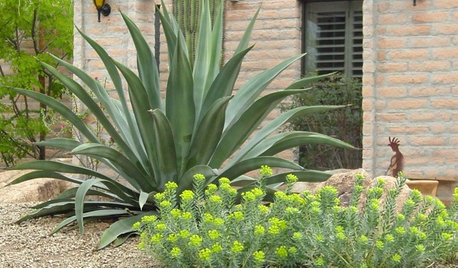
GARDENING GUIDESHow to Spot a Drought-Tolerant Plant
Label? Who needs a label? Learn the characteristics of plants that can thrive in hot, dry conditions to help you pick the right ones
Full Story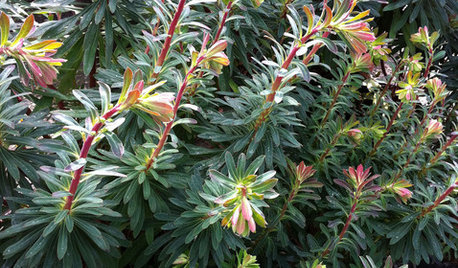
GARDENING GUIDESGreat Design Plant: Euphorbia
The daring colors and low water needs of this tropical plant make it a favorite for injecting life into tired landscapes year-round
Full Story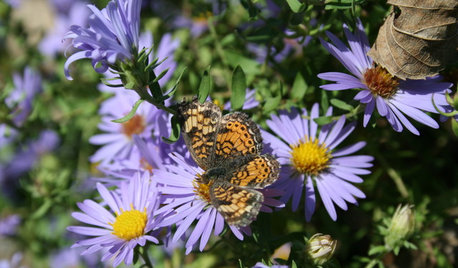
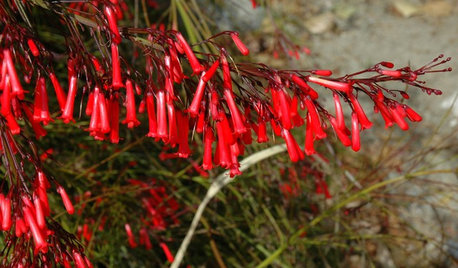
GARDENING GUIDESGreat Design Plant: Russelia Equisetiformis
Cascading foliage mimics the appearance of water, while brightly colored flowers add color from spring through fall
Full Story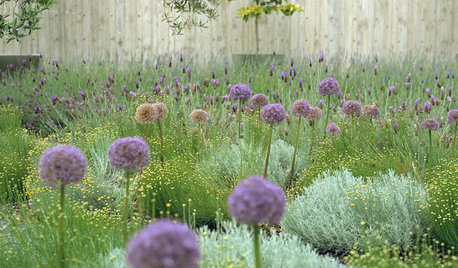
GARDENING GUIDESGreat Design Plant: Ornamental Allium
Lollipop blooms on tall, leafless stems add an architectural element to gardens of all styles
Full Story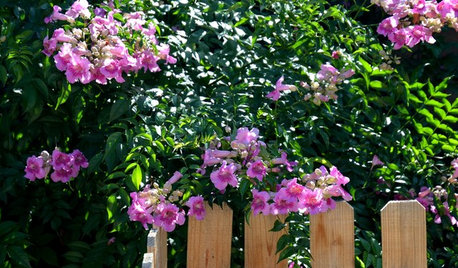
PINK FLOWERSGreat Design Plant: Pink Trumpet Vine Heralds Vibrant Color
Announce your landscape beautification efforts with this flowering vine that perks up hot, dry gardens
Full Story
GARDENING GUIDESGarden Myths to Debunk as You Dig This Fall and Rest Over Winter
Termites hate wood mulch, don’t amend soil for trees, avoid gravel in planters — and more nuggets of garden wisdom
Full StoryMore Discussions






dieseler
bronxfigs: New York City/7bOriginal Author
Related Professionals
New Bedford Landscape Architects & Landscape Designers · Horsham Landscape Architects & Landscape Designers · Simi Valley Landscape Architects & Landscape Designers · Bergenfield Landscape Contractors · Clearlake Landscape Contractors · East Chicago Landscape Contractors · Golden Landscape Contractors · Nashua Landscape Contractors · Justice Decks, Patios & Outdoor Enclosures · Villa Park Decks, Patios & Outdoor Enclosures · West Palm Beach Decks, Patios & Outdoor Enclosures · San Antonio Fence Contractors · Windsor Fence Contractors · Safety Harbor Fence Contractors · Centreville Fence Contractorsdieseler
fruitnut Z7 4500ft SW TX
bronxfigs: New York City/7bOriginal Author
fruitnut Z7 4500ft SW TX
bronxfigs: New York City/7bOriginal Author
fruitnut Z7 4500ft SW TX